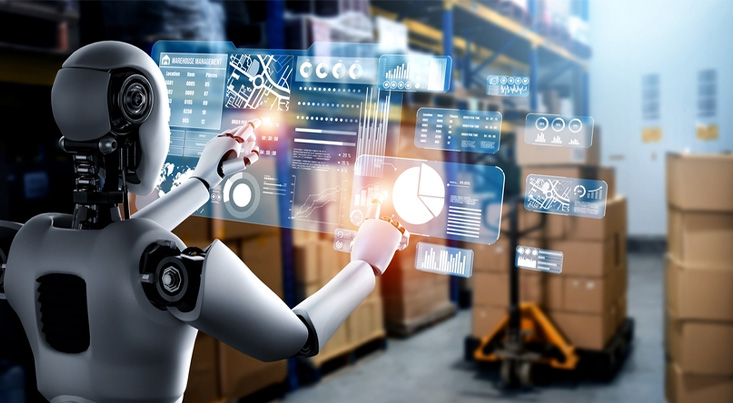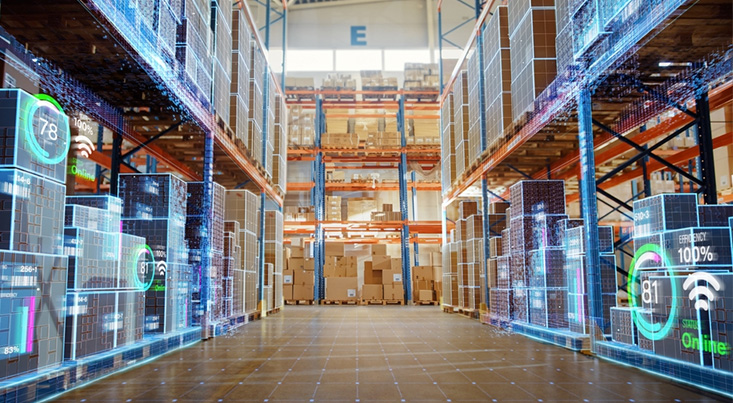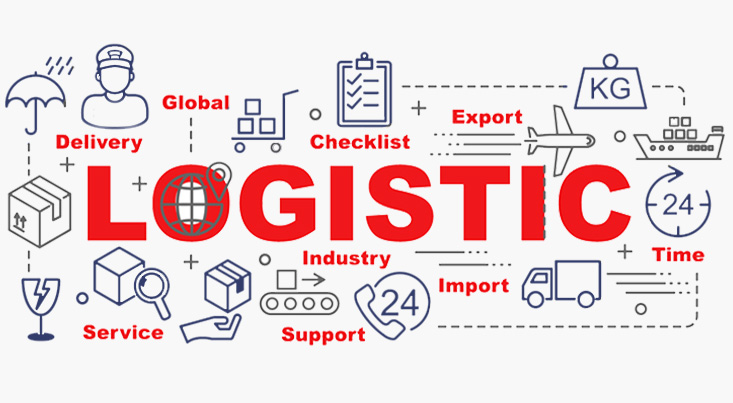Navigating the Future: How Generative AI is Transforming Logistics
Generative AI has significant potential to transform the logistics industry. Here are some key use cases where generative AI can make a substantial impact:
Demand Forecasting
Generative AI can significantly improve demand forecasting accuracy.
By analyzing real-time data, it reduces error rates compared to traditional methods.
Manufacturers can optimize dispatching vehicles, reduce operational costs, and enhance customer satisfaction.
Supply Planning
Generative AI dynamically updates supply planning parameters based on real-time demand analysis. It minimizes waste and resource usage, leading to more efficient supply chain flow.

Automated Warehousing
Warehouse robots powered by generative AI enhance supply chain management.
Amazon, for instance, employs over 200,000 robots in its fulfillment centers for picking, sorting, and transporting packages.
Transportation and Routing Optimization
Generative AI analyzes vast data sources to generate efficient transportation plans. It saves time, reduces costs, and improves overall logistics efficiency.

Automated Robotic Systems
Automated robotic systems within warehouses optimize inventory management. They enhance order fulfillment, reduce errors, and increase operational efficiency.
Innovative Logistics Concepts
Generative AI enables innovative logistics solutions, such as using drones for delivery and automated conveyor belts. These concepts improve speed, accuracy, and reliability in logistics operations. Generative AI holds immense promise for revolutionizing logistics, enhancing supply chain resilience, and driving economic value for companies.





Write a Comment